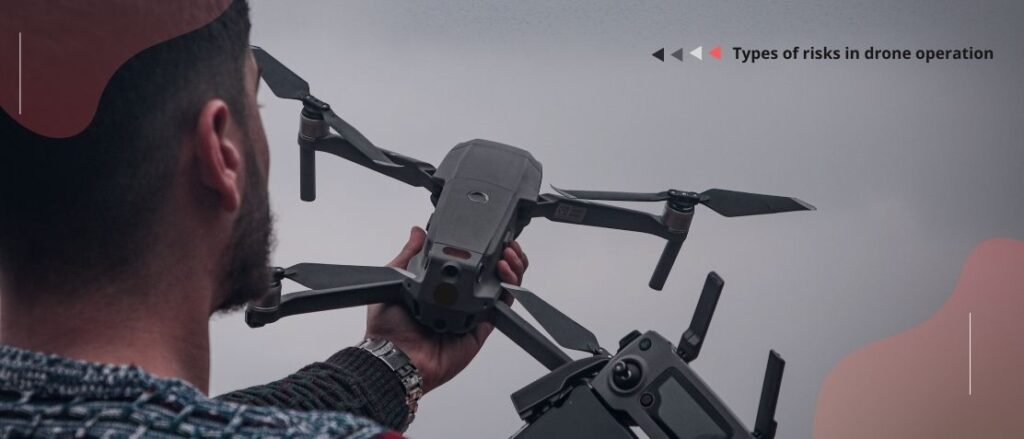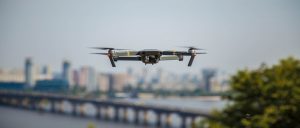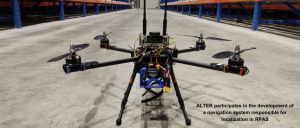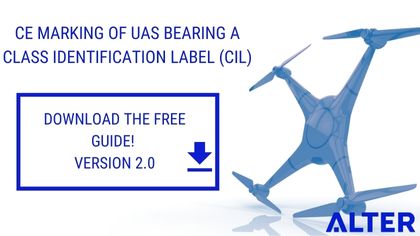
The operation of drones can be hazardous sometimes, especially now that their usage is so extended. That’s why it is so important the managing and insure against risk by manufacturers and operators.
Drones can cause physical damage. The main sources of this kind of damage are:
- Kinetic energy
Propellers
Storage battery
Kinetic energy
Every drone’s impact has an energy that depends on its weight and speed. Although the drone’s energy in the impact can be very high, the structure isn’t usually rigid enough to inflict severe damage because it becomes deformed. The exception is the propellers; they can cause the most serious damage.
Propellers
The risk caused by the propellers can cause the following injuries to people:
- Cutting is caused by physical contact with the propeller. As the propellers have sharp edges, they can cause deep wounds, primarily when in motion. Bigger propellers or propellers made of certain materials such as carbon or glass fibers can sever skin, especially if they break.
- Cuts and stab injuries caused by broken propeller blades. ·
- Hearing problems caused by the noise of propellers. To avoid these risks, some tests can be made. Injury to people tests is performed using synthetic skin to check the damages some incidents may have. The cutting edges of the propellers are checked too to verify the injuries they can cause and the changes that should be made to prevent them. Noise tests are also performed to avoid hearing and wildlife damage.
Storage battery
Rechargeable batteries involve a fire risk, mainly when they are damaged or a short circuit happens. Another risk of batteries is that the fire caused by them can’t be extinguished with water. Fire risk analysis is done by analyzing the equipment components, searching for information on problematic components, and determining which components must be tested in destructive tests. Sometimes drones can attack or threaten people, for example, by dropping payloads in crowds, flying near planes during their takeoffs or landings, transporting illegal cargo, etc.
Other types of risks
Drones have other types of risks that are not physical. These are, for example, the invasion of privacy or hacking.
Invasion of privacy
Drones can soar over a property, looking down into yards. Smaller and quieter ones can stand outside a window or a door, watching what’s happening inside going unnoticed.
Hacking data centers
Trained experts can easily adapt the drone to carry a mobile phone or Raspberry Pi, turning the drone into a «flying computer.» Such drones could be used to hover near corporate offices, try to detect unsecured connections, capture keystrokes, and even capture images and videos that could lead to corporate espionage. Regulation and training are being used to try to prevent these risks from causing serious harm and to prevent them from increasing.
Alter Technology, with more than 35 years in the aerospace sector and strong and wide expertise in the drones field, can help you avoid some of the risks mentioned in this article using a different kind of test such as the described in the text, flight tests performed in an airfield in which the controllability of the drone is tested, risk analysis of drone operations based on SORA which aims to help the safe creation, evaluation, and conduction of UAS operations and to provide a sufficient level of confidence that a specific operation can be conducted safely, regulatory advice with the latest developments, etc.
Moreover, Alter Technology, as the First Notified Body for EU drone regulations 2019/945 for drones in the open category, can help you place your drone in the European market with the CE marking and Class Label.
Resource: Technik Consulting / / 911security




